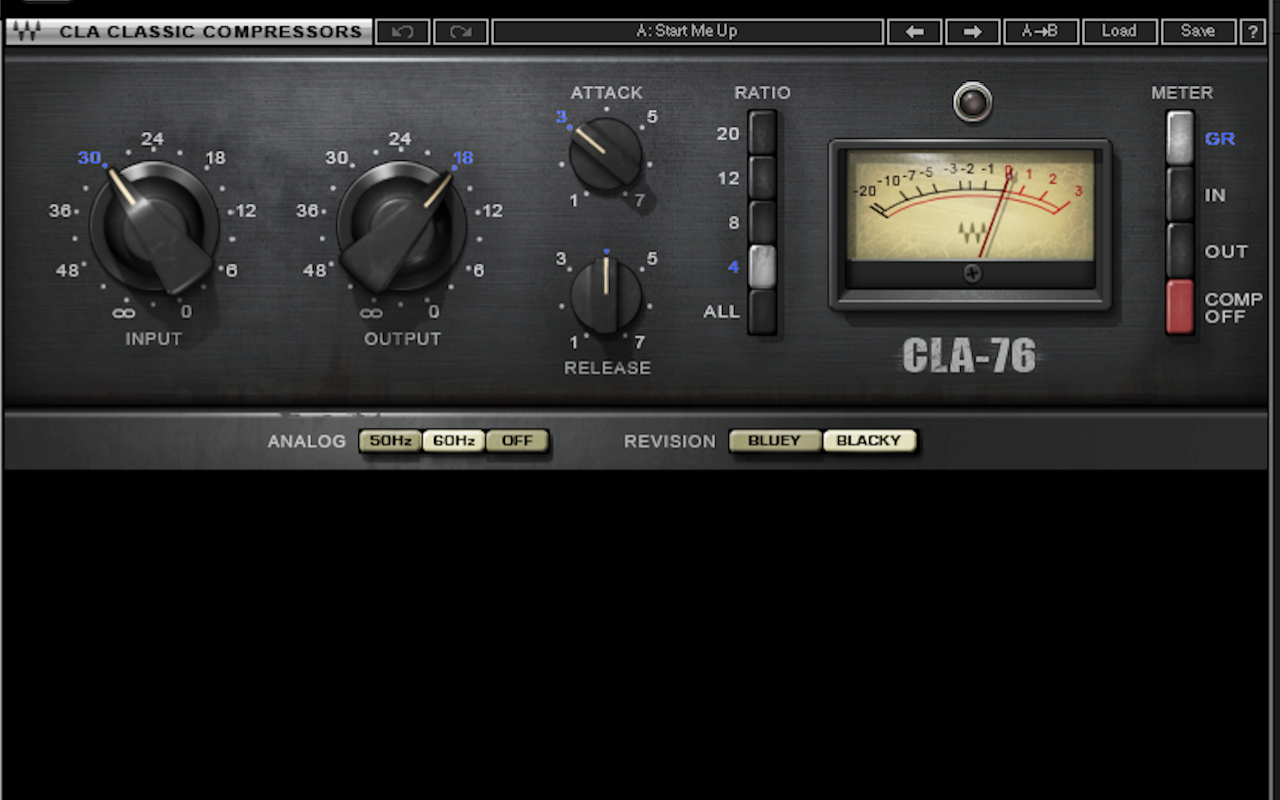
Everyone is nostalgic for analog gear in the audio world, and why not? There are many things to appreciate about it. The warmth of the tube saturation, the smooth compression factor of driving a really good console into the red, the character of vintage hardware compressors, these are all things that we've heard on countless classic recordings, and I think somewhere in our psyche we believe if we accumulate enough of these things, we'll be the next Bob Clearmountain. (This is a discussion will table for another time, because I think most engineers should be the best version of themselves they can possibly be.)
There were a lot of things to appreciate about the old-school recording set ups, but there were a lot of headaches that went along with it as well. Overdubbing was tedious and time consuming. The hardware needed to be maintained and the tubes needed to be biased. Channel strips would need to be replaced. Depending on the humidity in the room, what sounded good in the studio one day, may not necessarily sound good in the studio the next day.
The advent of digital has its pros and cons as well, but it has come along way. For the sake of this discussion, we'll frame it as a tutorial for the budding engineer who may not know why some of his favorite plug-ins, modeled after some of his favorite analog gear, wind up being overkill in the final mix.
With companies like iZotope, UAD, and Waves using phase reversal and convolution based technology, they are making digital instances of plug-ins that model the original hardware very very well. There is one thing that you may not have considered though: Many professional engineers who endorse these products have professional knowledge.
As a fledgling engineer, you may not have that luxury. So, here is one particular step to consider along the way:
Watch out for the "analog" functions within your plug-ins - Let's say you like a tape plug-in that you have. It has a very nice character, so you put it across every instance of your session.
Follow that up with an analog EQ and then an analog compressor across all your tracks. 

Eventually, what will happen is that you will have such an overwhelming hiss coming across the speakers that it will become almost unbearable for you to listen to it.
Why? Those analog switches are put in the processors to mimic the hardware noise the original units used to make. When you compound it across, say 48 tracks, all of that analog noise starts to add up.
The solution? Simple. Go ahead and use those processors as much as you want. Just disengage the analog functions across your sessions. Save those functions for your mix buss processing. That way, you'll be able to have the character of the processor that you like without it killing your mix that you've worked so hard to make. 
There are all kinds of things that we could discuss today in terms of making a cleaner recording including gain staging, volume matching your plug-ins, and proper editing. We'll save that for a later date though.
What are your thoughts, tips or tricks? Do feel free to comment and subscribe to the blog by clicking here:
